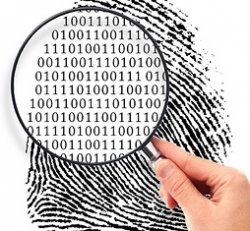A virus is a computer program that is designed to replicate itself by copying itself onto the other programs stored in a computer. This type of program may be benign or have a negative effect, such as causing a program to operate incorrectly or corrupting a computer's memory. Viruses can cause you a range of damage, from the very mild to the entire loss of your computer data. Viruses/malware are usually broken down into three types: "classic viruses"/ macro viruses, worms, and trojan horses. It is important to consciously fight these malware infections before it causes serious harm to your computer.
A macro virus is a virus that exists as a macro attached to a data file rather than to executable programs. Worms exist as separate entities because they do not attach themselves to other files or programs. Instead, they copy themselves without direct assistance by robotically worming your way into your email and broadcasting copies of themselves without permission. Finally, a trojan horse is a program that does something undocumented with the programmer intended, but that users would not accept it if they knew about it. Trojans rely on you to intentionally open your computer to them so they could then function as independent programs that operate secretly.














